Managing a Successful Business Project
VerifiedAdded on 2023/01/23
|16
|662
|33
PowerPoint Presentation
AI Summary
This presentation explores the importance of recruiting, selection, and training procedures for employees to meet international requirements. It includes a study on Nestlé, recommendations, and conclusions.
Contribute Materials
Your contribution can guide someone’s learning journey. Share your
documents today.
1 out of 16
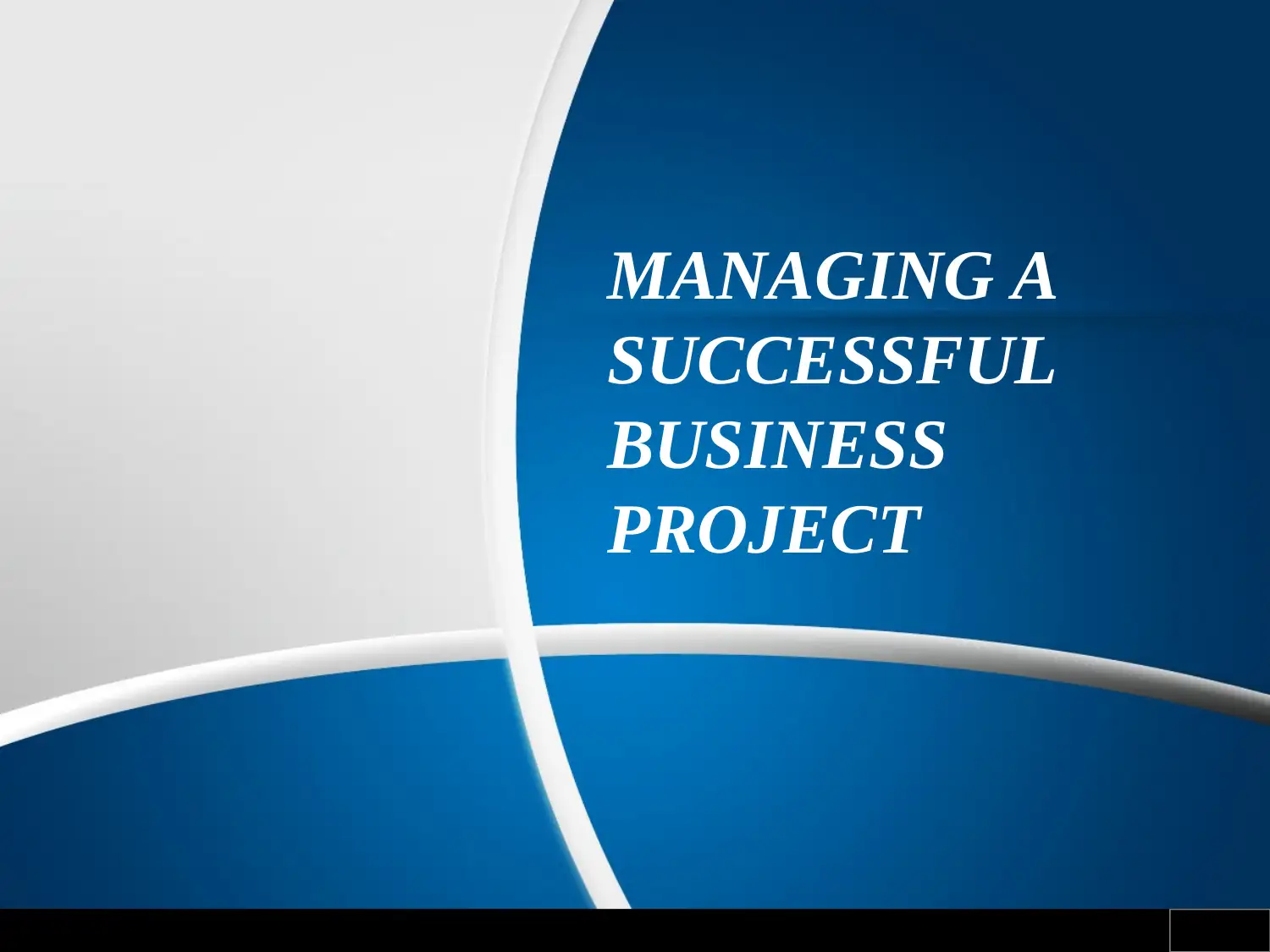
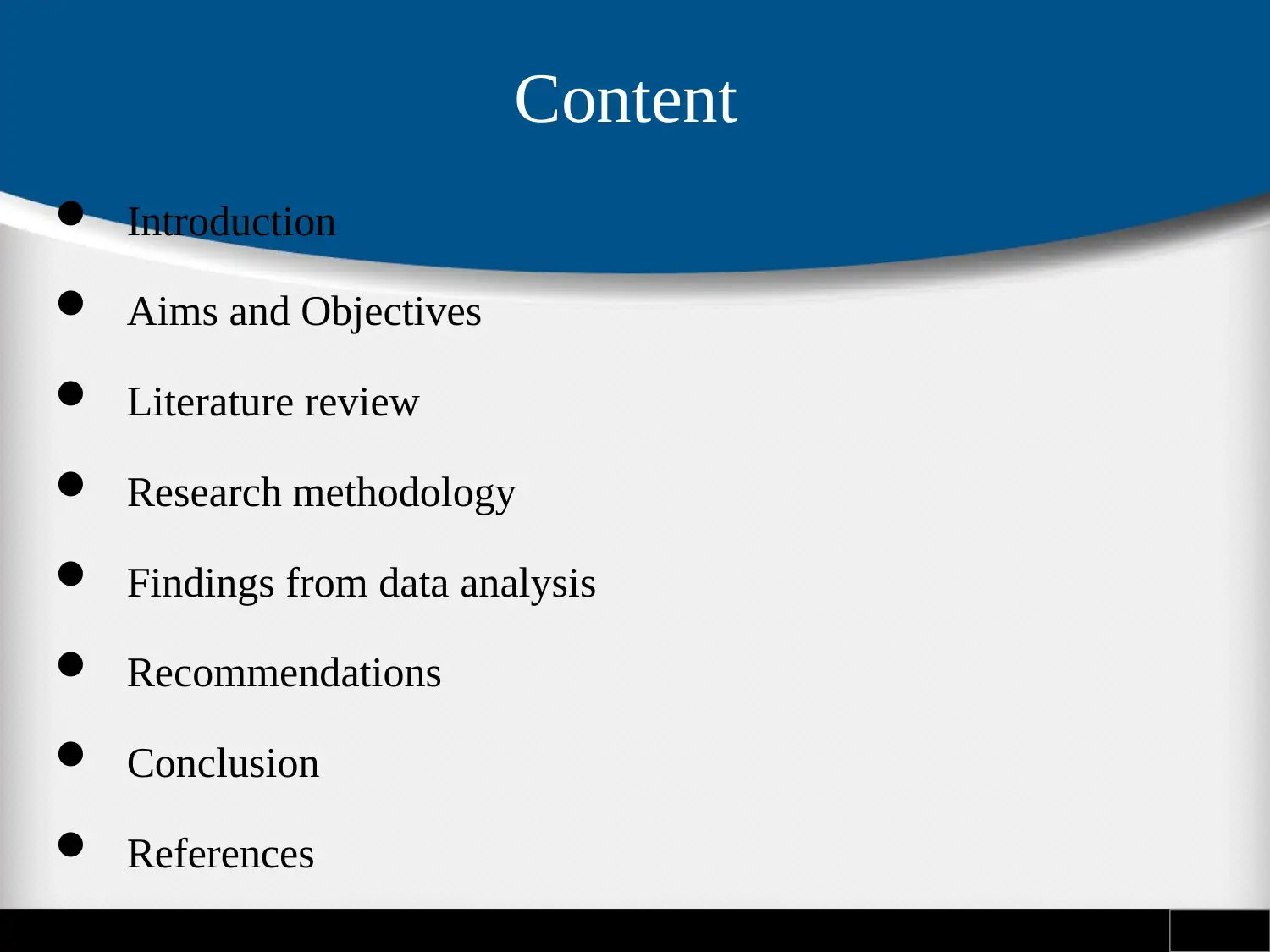
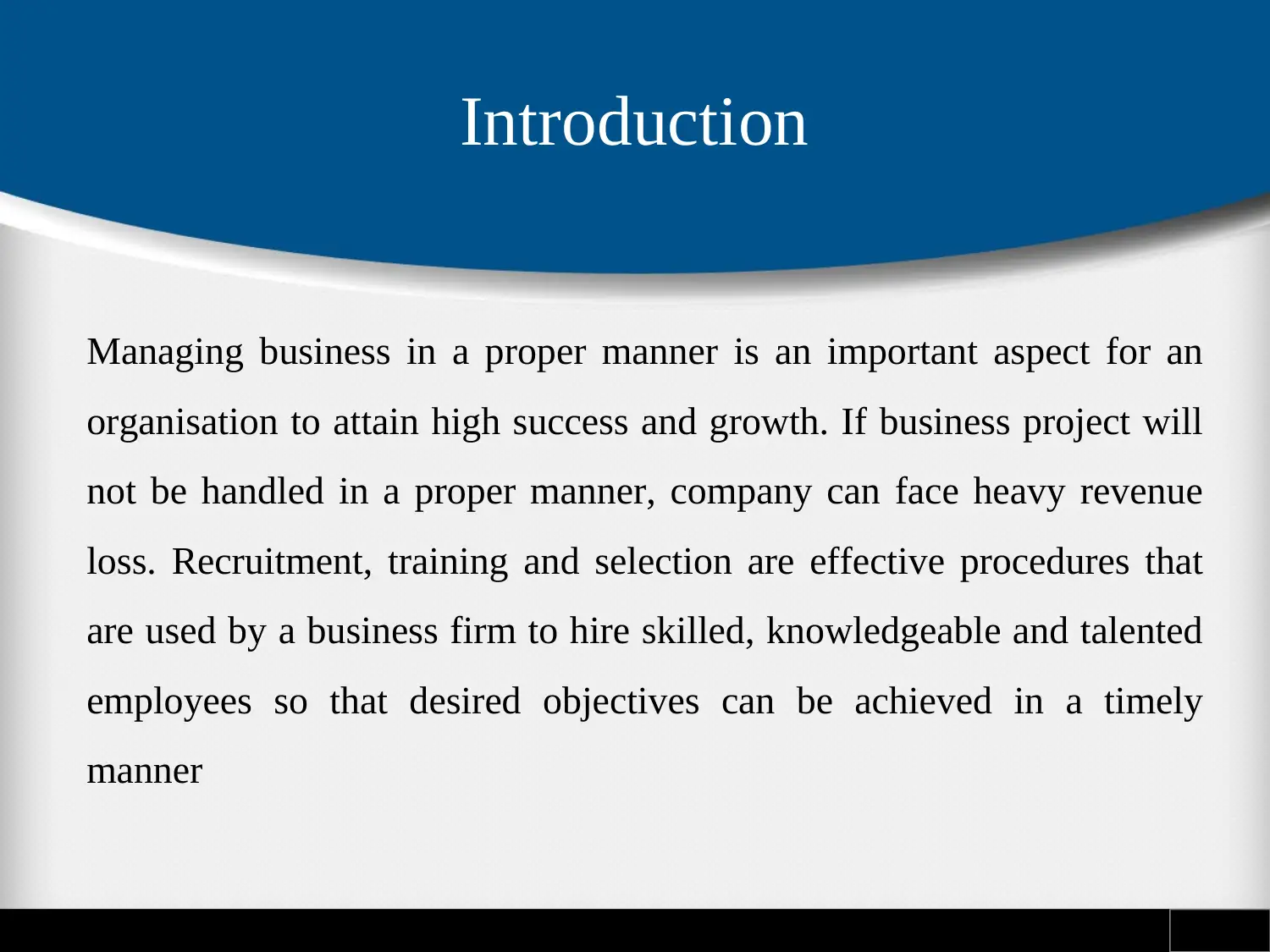
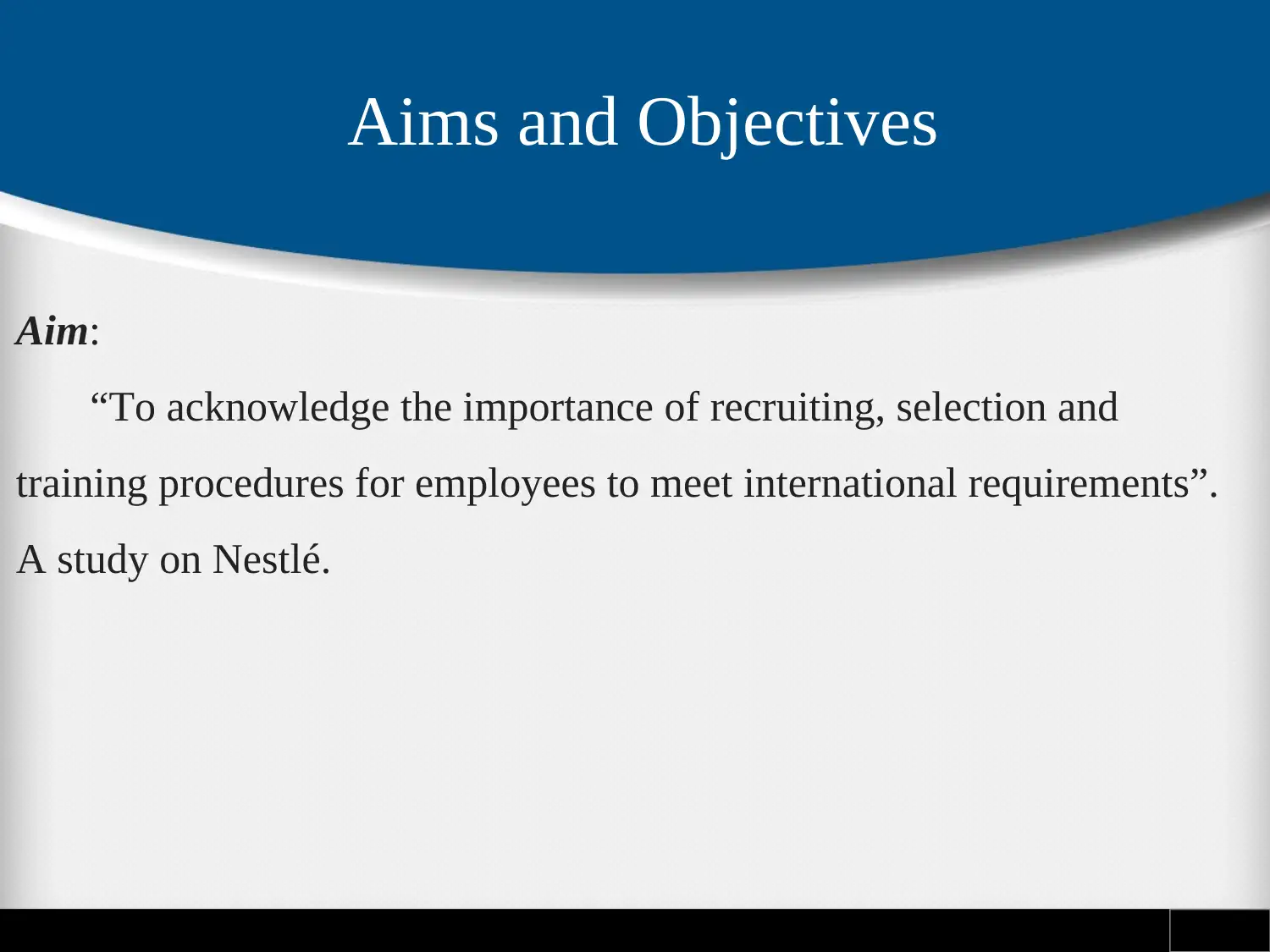
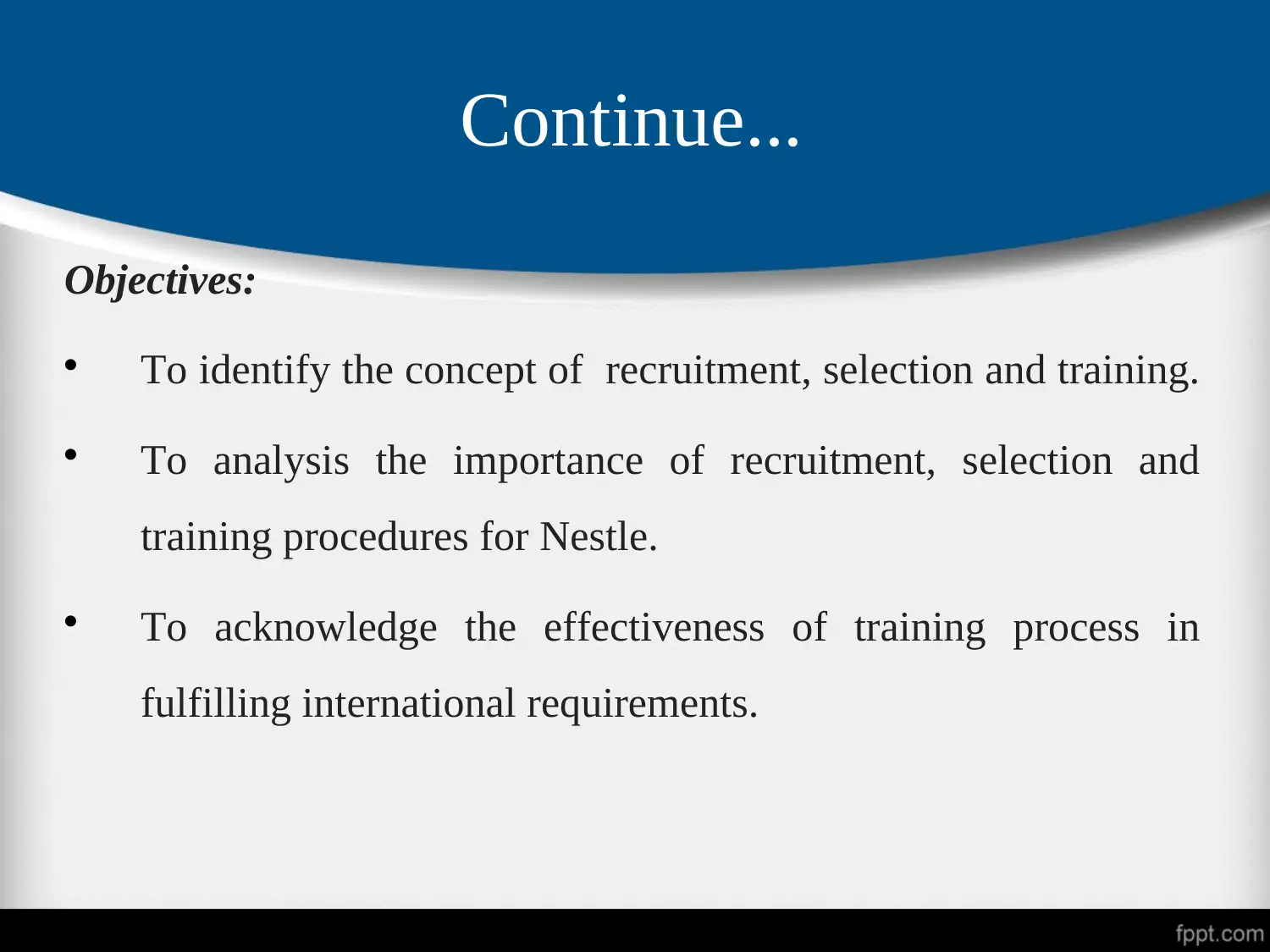
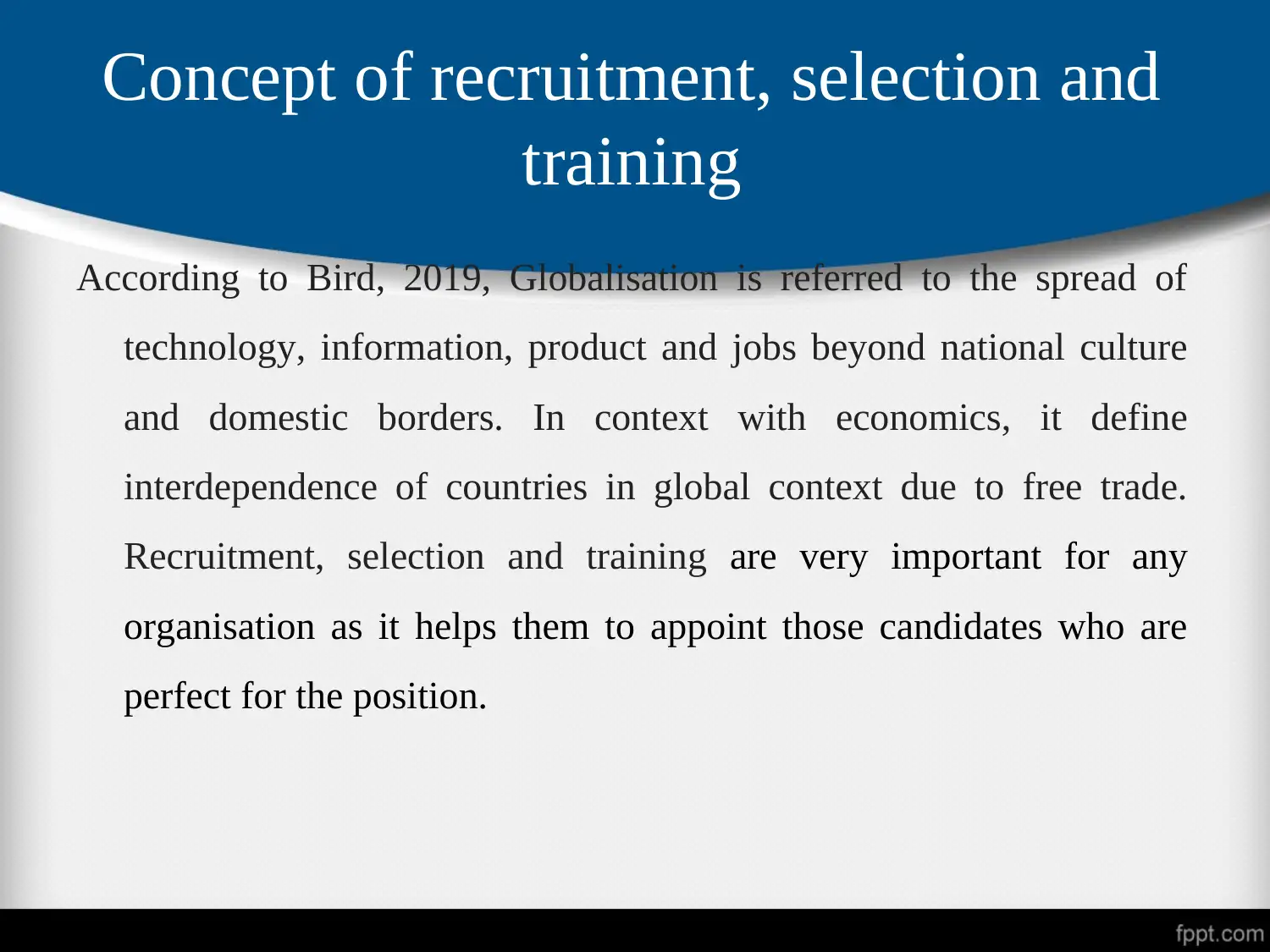
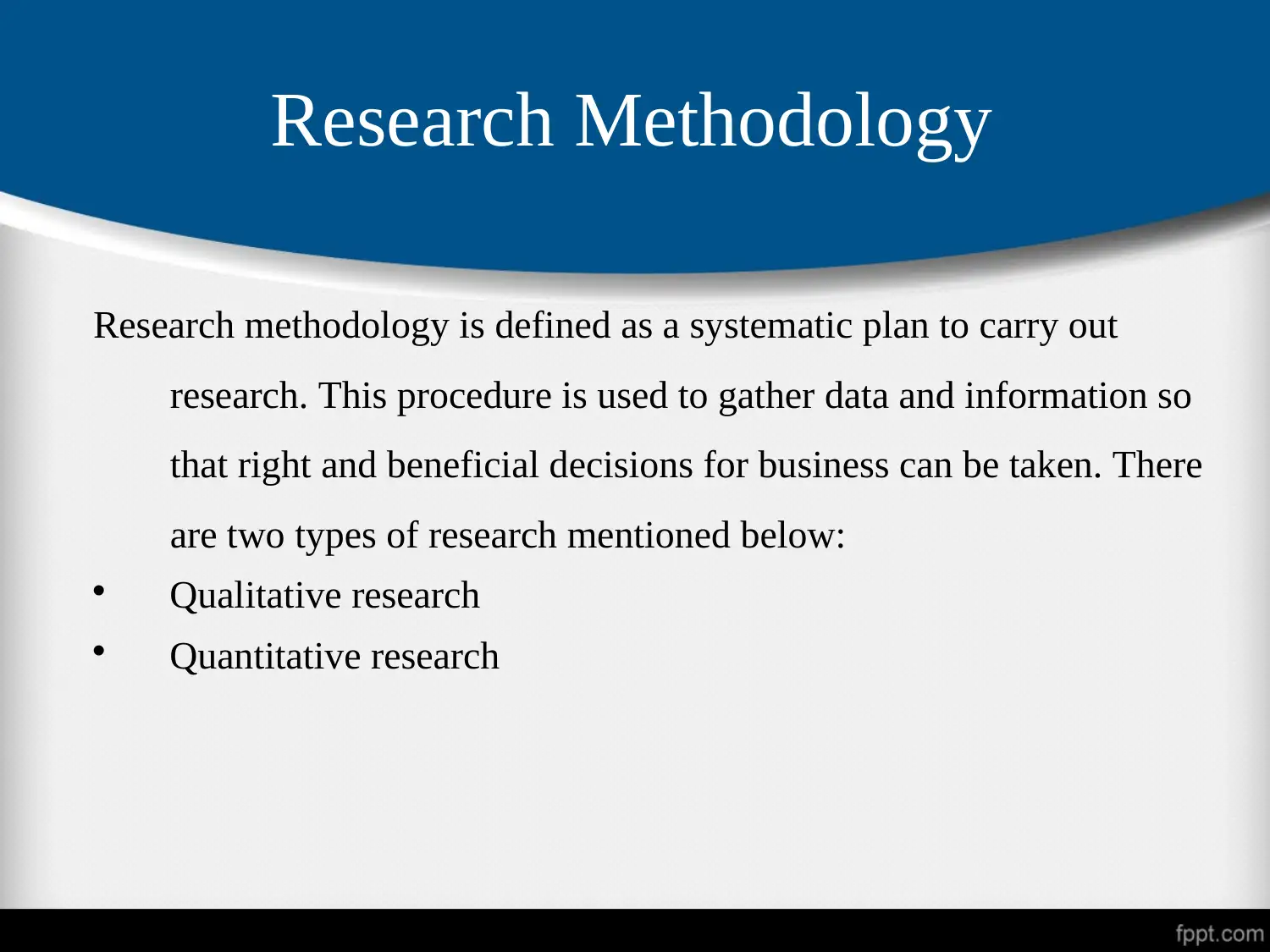
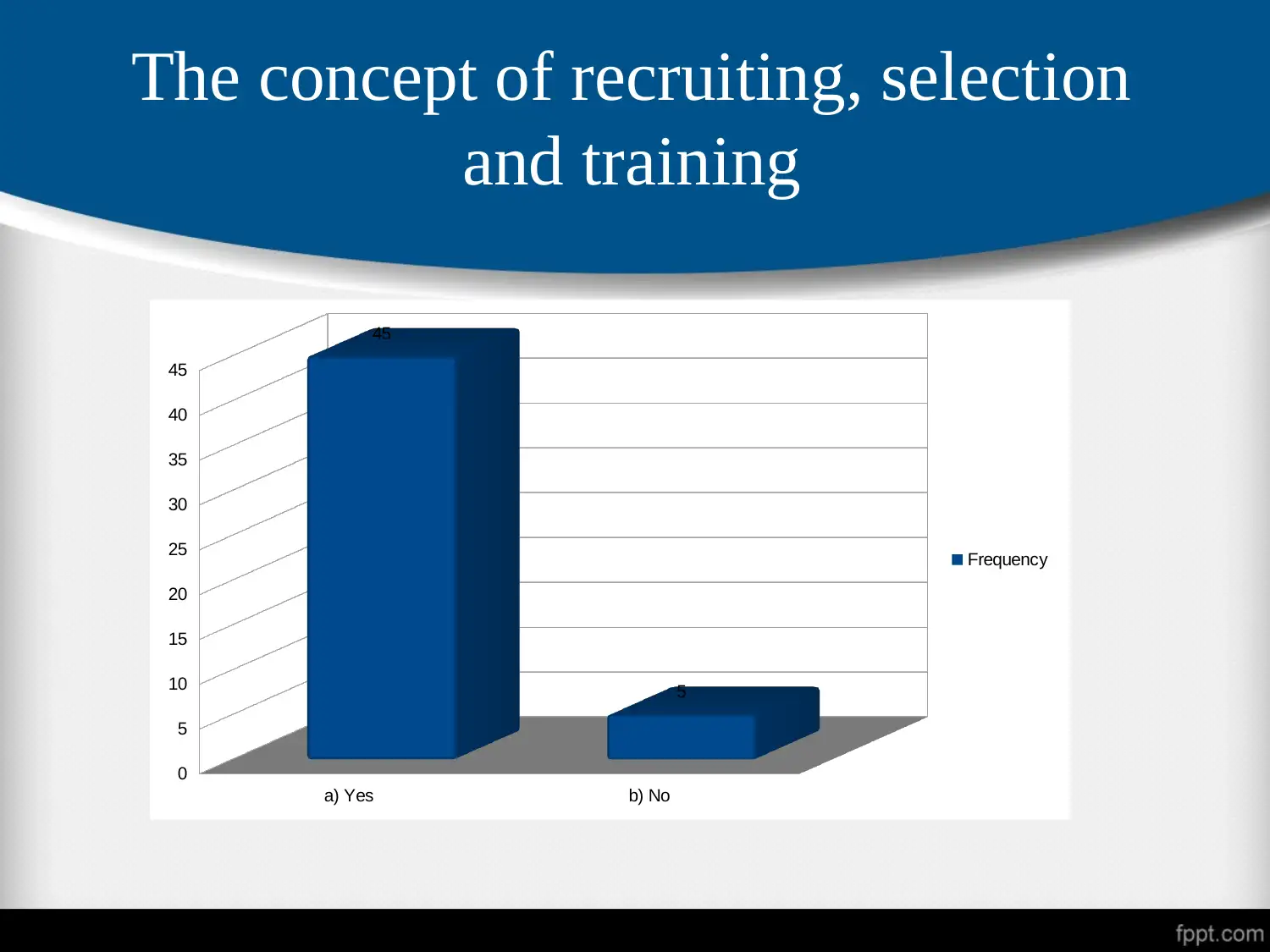

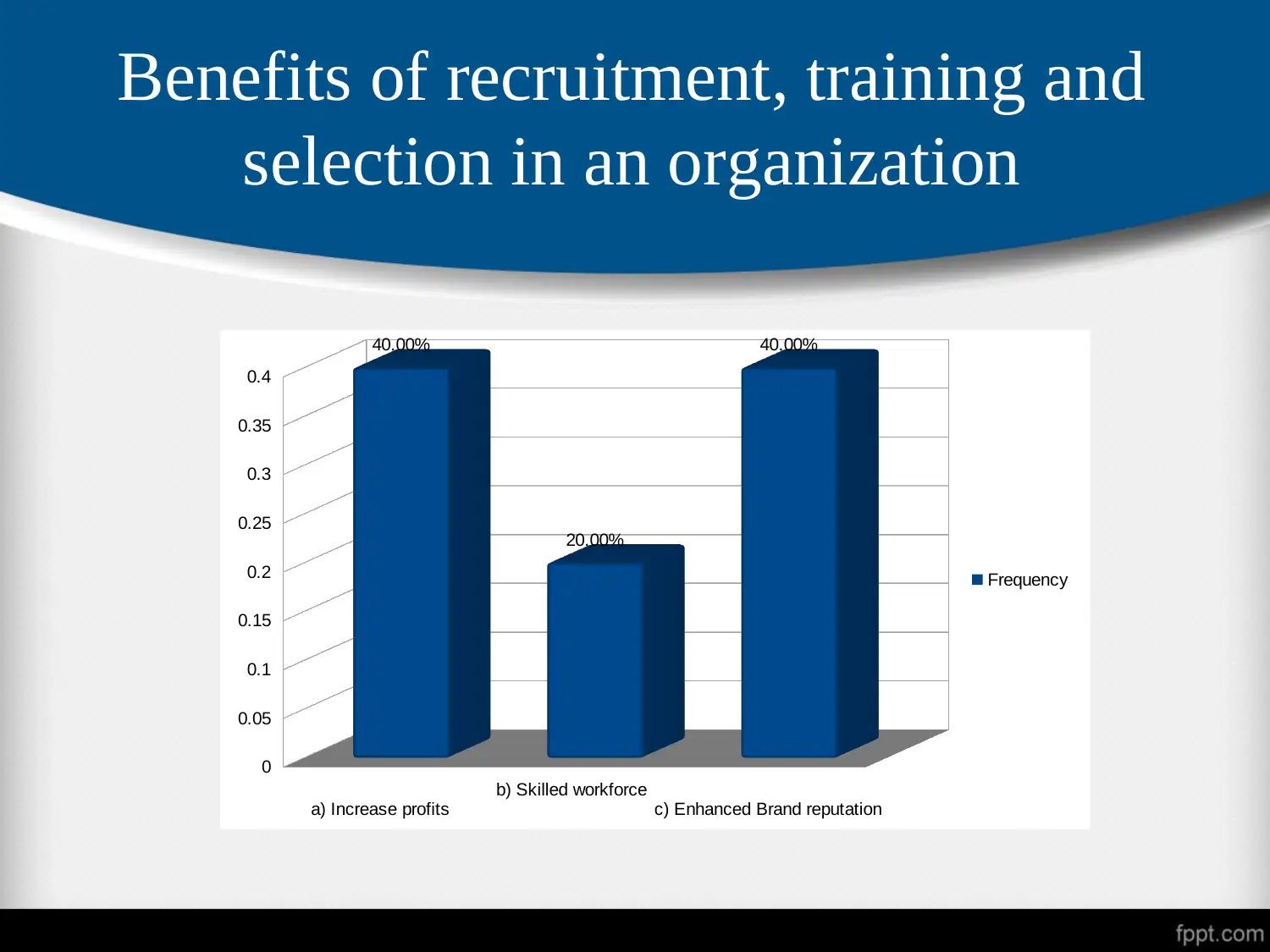
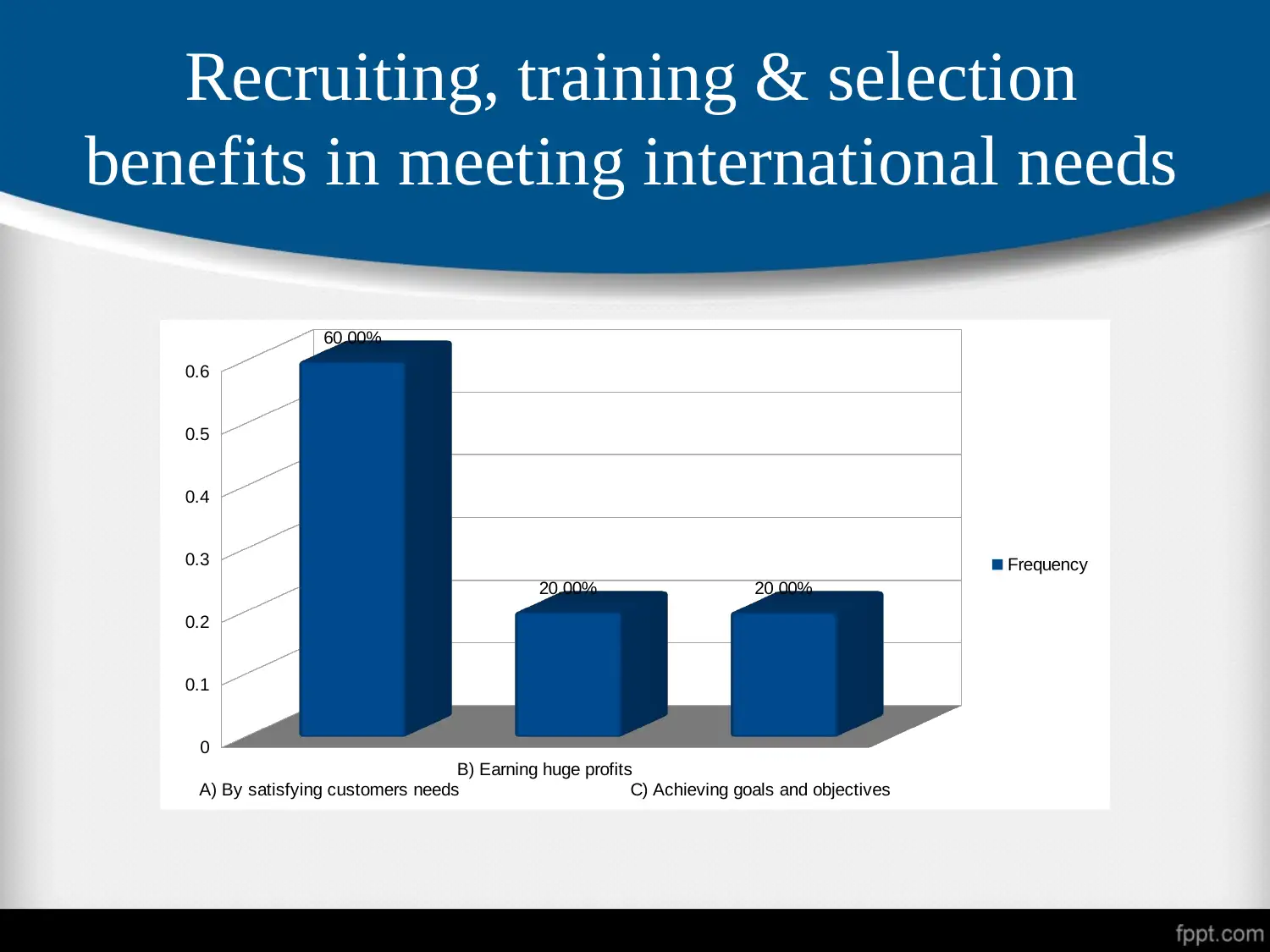
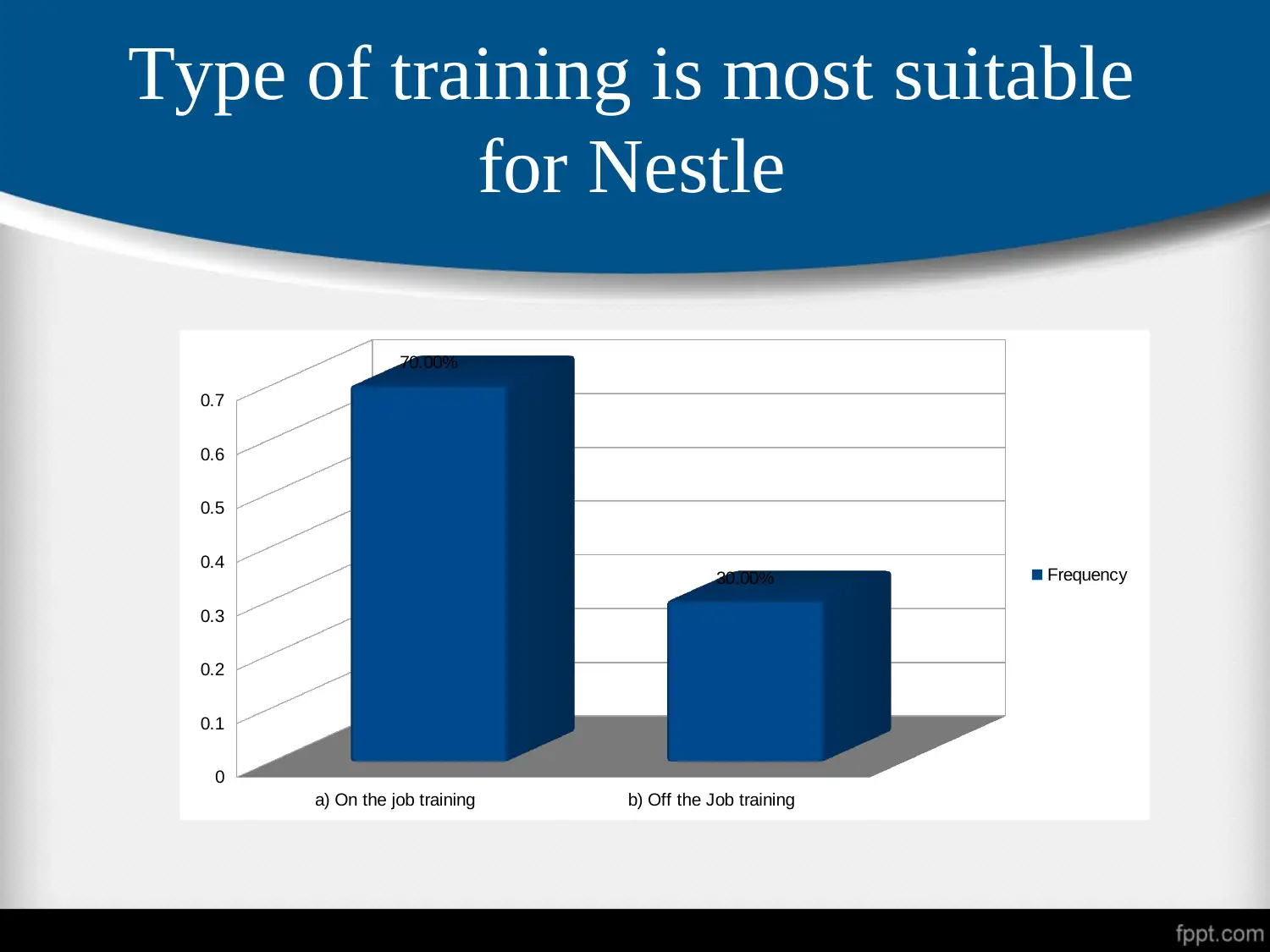










![[object Object]](/_next/static/media/star-bottom.7253800d.svg)